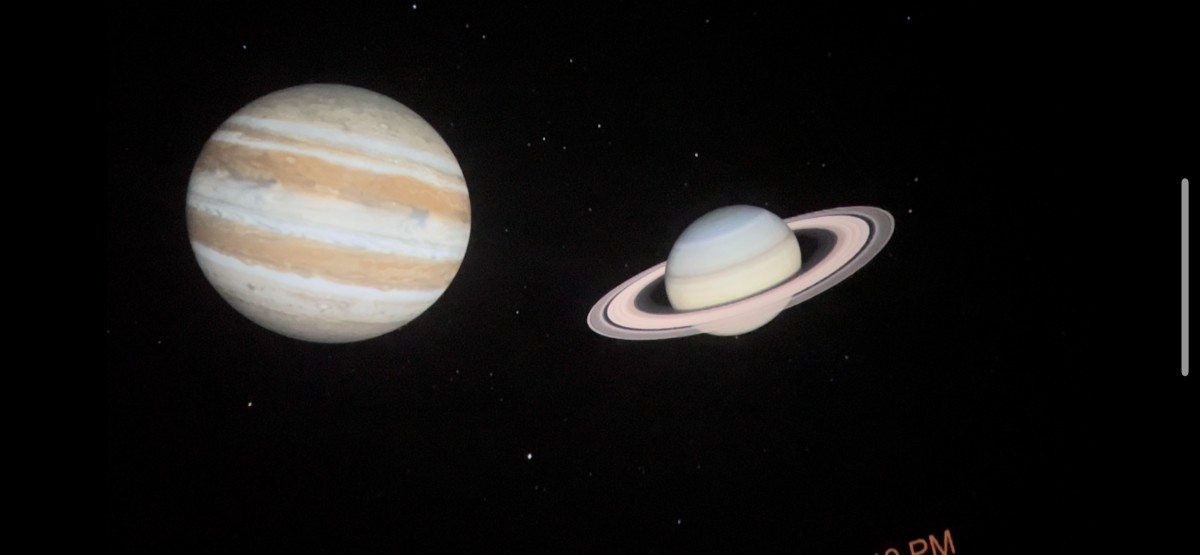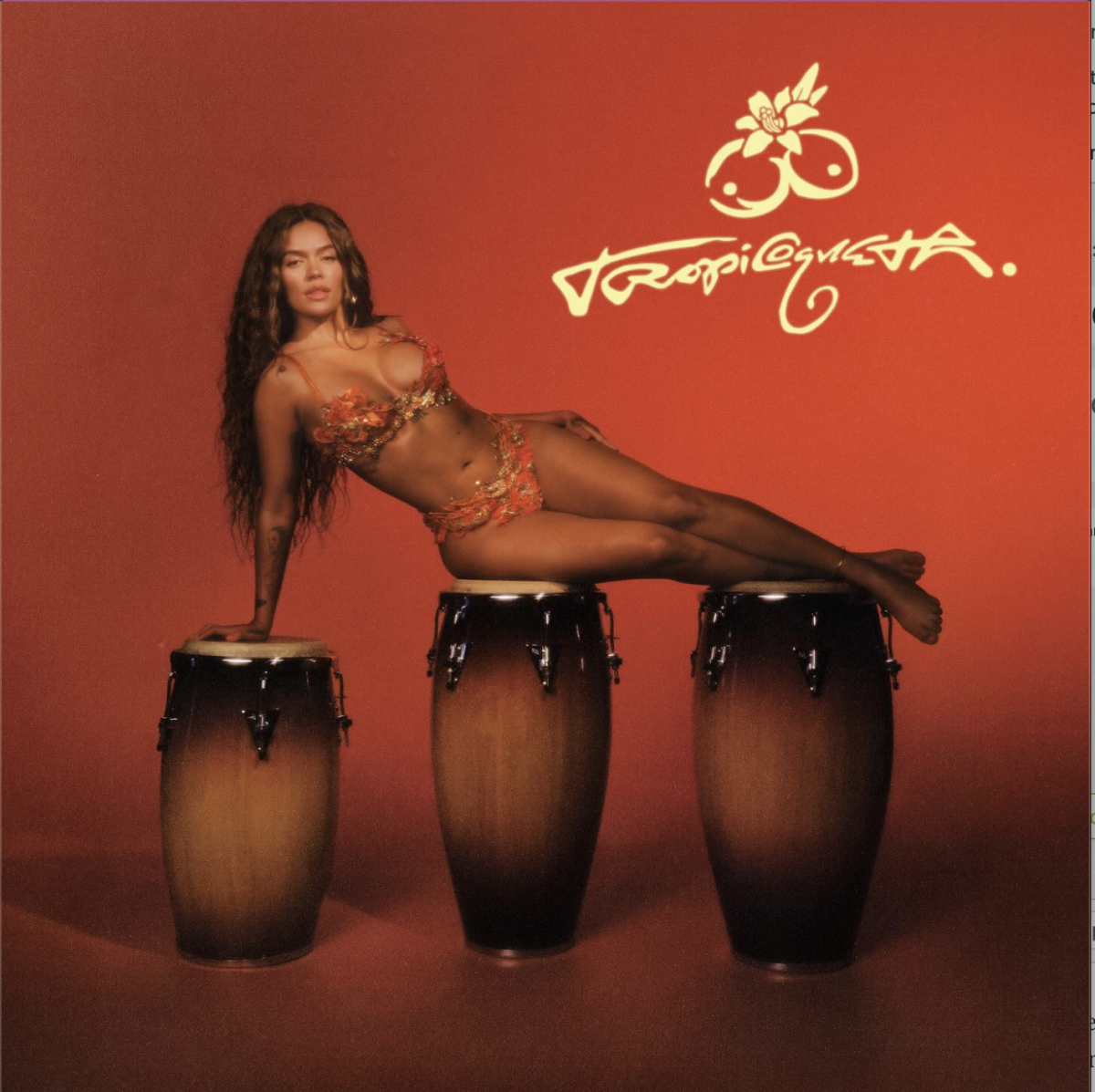Every Sunday this fall semester, the Ric Edelman Planetarium will be showing “Rising Star.” The hour-long show highlights South African facilities that hold some of the most technologically advanced telescopes. These telescopes have shown scientists objects in space that would be otherwise unimaginable without them.
The show began with curator Charles Hughes projecting the night sky above to show what people may not often see due to light pollution. Being able to see the stars so clearly and having the ability to zoom into the recreation of our solar system is a completely captivating experience.
The audience was able to see constellations such as Ursa Major and Minor, Sagittarius, the big and little dipper, O’Rien and many more. In addition, we were able to zoom into photos of Jupiter and Saturn, two planets that may usually appear as dots in the night sky and, of course, the moon.
Additionally, viewers were able to see Cigar Galaxy (Messier 82), Bode’s Galaxy (Messier 81) and learn about a multitude of stars, moons, planets and even black holes.
Soorya Baliga, a freshman psychological science and math major, came to see the show and shared how it felt to sit through this immersive experience.
“I thought it was really beautiful,” Baliga said. “I liked how they showed us today’s night sky before they showed the film because it helped ground us and what we understand about the universe today, and then the film showed us what we will understand moving forward.”
“Rising Star” is narrated by Katlego Maboe, directed by Telmo dos Reis and executively produced by Daniel Cunnama.
“It is a really interesting show because it touches on not only the developments that are happening in that area, but just kind of the culture and the wildlife of that whole region which is really interesting,” Hughes said.
It began by showing a depiction of one folklore theory of how stars were made. It was a heartwarming tale that portrayed a young woman tossing dust particles into the sky, creating the stars in order to guide members of her tribe home to her.
The film then goes on to show the most powerful radio telescope located in the Southern Hemisphere, known as MeerKAT. It also showed unrestricted images that had been captured by the 10-meter class Southern African Large Telescope. The images captured were beyond astounding and if the look into the night sky was not enough to convince you to check out this show, these images are absolutely worthwhile.
You get the chance to learn how multi-wavelength and multi-messenger astronomy works, and what it means for the future of space knowledge. It was really fascinating to gain a new understanding of how different types of technology can work together to create better and clearer images.
Overall, it was a beautifully immersive experience that any lover of astronomy should see. With tickets priced at $3 for Rowan students and $5 for non-students, it’s a cheap way to enjoy a cozy hour of entertainment.
The Edelman Planetarium does not stop at shows about space. They also feature a multitude of different types of shows, including laser light shows tuned to specific artists’ music. Additionally, there are shows meant for families and others all about the moon.
Check out their website and take a peek at their holiday schedule, which will feature laser light experiences paired with popular Christmas songs and stargazing at the winter sky.
For questions/comments about this story email [email protected] or tweet @TheWhitOnline.
























































































































































!["Working with [Dr. Lynch] is always a learning experience for me. She is a treasure,” said Thomas. - Staff Writer / Kacie Scibilia](https://thewhitonline.com/wp-content/uploads/2025/04/choir-1-1200x694.jpg)









































